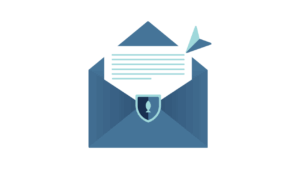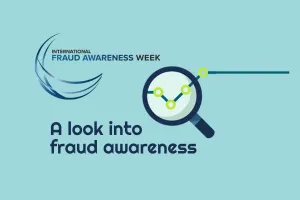In a world where digital interactions are the norm, the threat of cyber fraud looms large. Individuals and organisations alike must arm themselves with knowledge to thwart the deceptive manoeuvres of fraudsters. This fraud awareness week, we delve into the various facets of cyber fraud, from common scams to the personas of fraudsters, and the repercussions on both personal and organisational levels.
Not all cyber fraud is technical and one of the scams that might show it’s face around Black Friday and Cyber Monday time is gift card scams.
Gift Card Scams
When you are warned about a gift card scam, the first thing you think of is likely the impersonation scam of a vishing or phishing fraudster asking to pay a fine with gift cards, or a Business Email Compromise (BEC) situation where you may believe your boss is asking for gift cards as rewards for staff.
Fraudsters, capitalising on the anonymity and untraceability of gift cards, trick individuals or employees into purchasing gift cards under various pretexts. Common stories are an impersonated authority figure like a CEO requesting gift cards for clients, or even fraudsters posing as tech support agents claiming that gift cards are needed for diagnostics or to issue a refund.
A less well-known scam is called barcode swapping. This is a low-tech solution for fraudsters in which the criminal has access to their own gift card but manufactures stickers with their activation codes on it. You take a card off the shelf at the kiosk, add your gift amount, and the money is really credited to the criminals account and is quickly spent or withdrawn.
If you have a gift card you’ve been waiting to use on the sales – login and check it’s balance immediately, and if it’s empty, report this to the store of purchase and to scamwatch.

Investment Scams
Investment scams have morphed with the digital age, targeting unsuspecting investors through flashy online platforms or email campaigns. These scams often promise high returns with minimal risk. However, the reality is a harsh loss of funds. The guise of legitimacy is often presented through fake testimonials, misleading professional-looking websites, and sometimes even false regulatory information.
Business Email Compromise (BEC)
BEC is a sophisticated scam targeting businesses with the aim of extracting sensitive information or funds. Fraudsters usually infiltrate a company’s email system, impersonate executives, and deceive employees into executing unauthorised transactions. The financial and reputational damage from BEC can be monumental, making it a top priority for cyber security measures.

Employment Scams
With the surge of remote working, employment scams have proliferated. Fraudsters post fake job openings, often with too-good-to-be-true offers, to harvest personal information or extract money for “training” or “equipment.” They can also use your CV and impersonate you and apply for their own remote job, and then exfiltrate data from the company once they get the job. This one might be rare, but think of the possibilities now that voices and faces can be cloned! LinkedIn has become a gold mine for job scammers, sometimes having prospective employees complete tasks and pay for exams that just line the criminal’s pockets, with no real job available.
Remote Access Scams
Remote access scams trick individuals or employees into granting access to their computers. Under the pretence of technical support, fraudsters install malicious software to steal sensitive data or demand money to fix non-existent issues.
Impacts on Individuals and Organisations
The impacts of cyber fraud are multi-faceted. Individuals face financial loss, emotional distress, and a long road to recovering their identity. On the other hand, organisations confront financial setbacks, reputational damage, and potential legal liabilities. The ripple effect often extends to stakeholders and customers, underlining the imperative of robust cyber security frameworks.
By understanding the various scams, recognising the tactics of fraudsters, and implementing stringent cyber security measures, individuals and organisations can navigate the digital realm with enhanced safety and confidence. Check out our course catalogue and schedule a demo today to see how to create more security awareness in your organisation.

